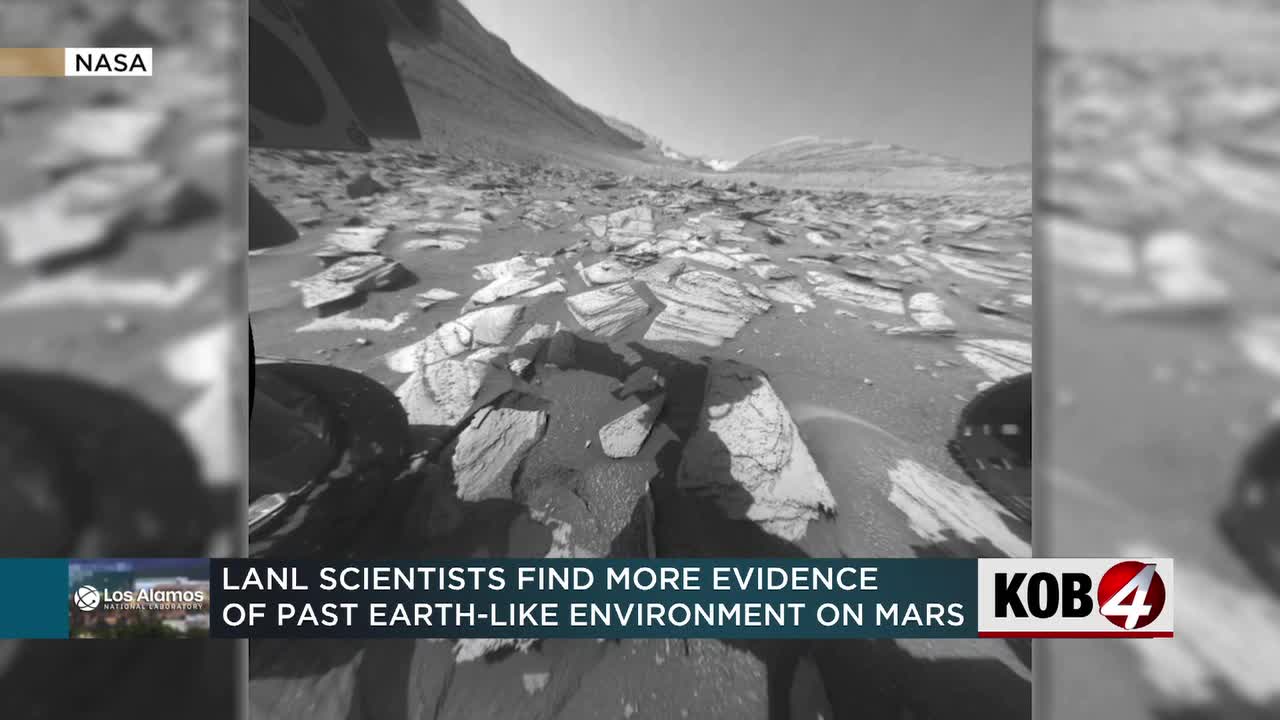
Researchers at Los Alamos National Labs have made a significant discovery by finding Earth-like environments on Mars. Since 2015, the Curiosity Rover has been exploring the surface of the red planet, landing in the Gale Crater along Mars’ equator. The primary objective of this mission is to determine the composition of the planet’s surface and to ascertain whether it could potentially support life.
After landing in the Gale Crater, scientists found a wealth of evidence suggesting the presence of running water, such as rivers flowing into lakes. The rocks around the crater indicate that a lake existed in that area for an extended period. Images sent back from the Curiosity Rover reveal a vast field of manganese rocks, which are layered and flat – characteristics that suggest they formed in lakes. Additionally, these rocks contain clay minerals that can only form in water.
While the water on Mars has long since disappeared, researchers believe that it is possible for microbial life to survive on the planet. Patrick Gasda, a research scientist at LANL, published his findings in the Journal of Geophysical Research, detailing the team’s observations made while working with the Curiosity Rover. Every new image from Mars provides valuable insights and prompts further scientific inquiries into the possibility of life existing on the red planet.
The discovery made by scientists at Los Alamos National Labs opens up exciting possibilities for future exploration missions to Mars. As we continue to learn more about these Earth-like environments on Mars, we may be able to identify potential habitats where life could exist or once existed.
Mars rovers like Curiosity have been instrumental in discovering these environments and providing valuable data about our neighboring planet’s geology and potential for supporting life. However, there is still much work to be done before we can definitively say whether or not life ever existed on Mars.
In conclusion, scientists at Los Alamos National Labs have discovered evidence of Earth-like environments on Mars through their work with the Curiosity Rover. While there is still much work to be done before we can definitively answer this question, this discovery opens up exciting possibilities for future exploration missions to Mars.
Furthermore, as technology continues to advance and our understanding of Martian geology deepens, we may one day find definitive proof that life once existed on this red planet.
Overall, this groundbreaking discovery by scientists at Los Alamos National Labs highlights just how much there is still left to learn about our universe and our place within it.





